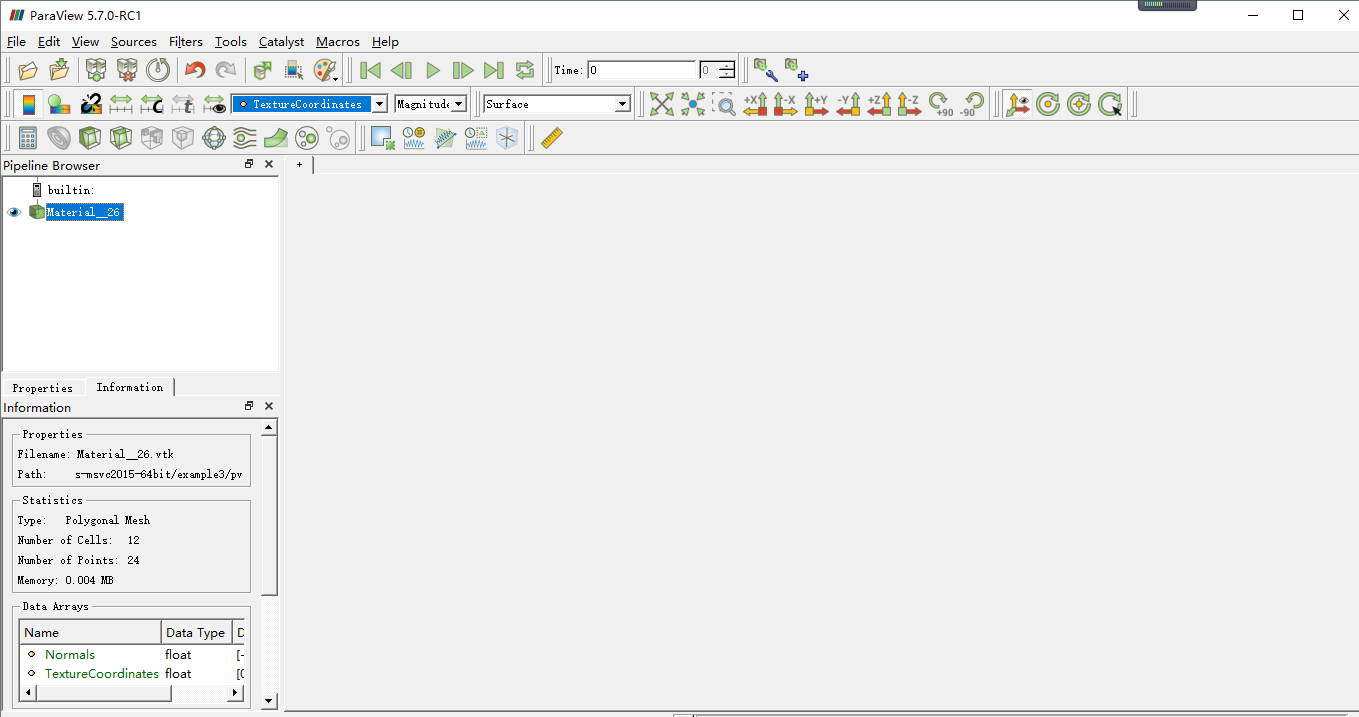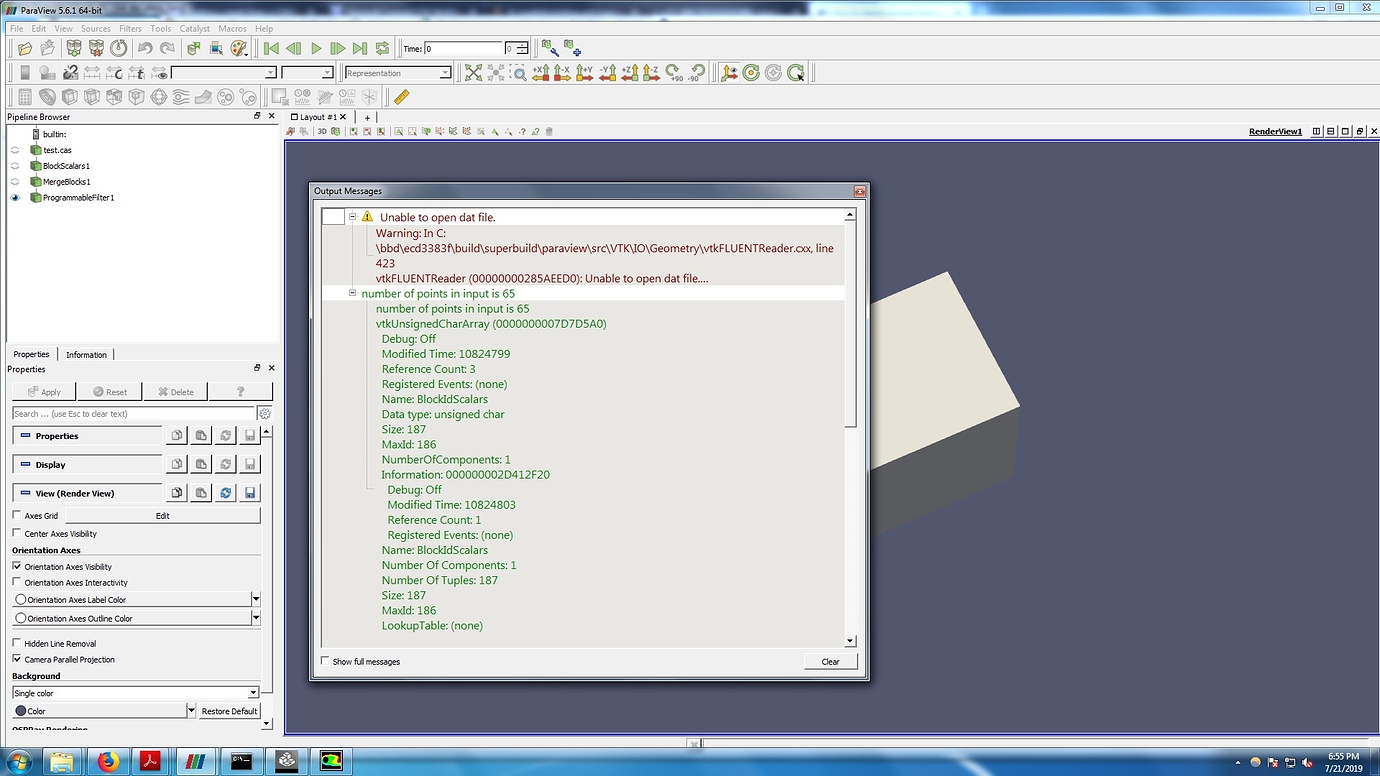

K3D-jupyter helps you create 3D plots backed by WebGL with high-level API (surfaces, isosurfaces, voxels, mesh, cloud points, vtk objects, volume renderer, colormaps, etc).It has many features including multi-volume rendering. ipyvolume is a WebGL-based 3D plotting library for Jupyter.There are already some solutions that are more integrated into Jupyter: Nowadays, most scientists run their computation on the cloud, and they need tools for interacting and analyzing with their data. But this is not ideal as it relies on a desktop application for the rendering, which prevents using tools like MyBinder.

For example, one could control Paraview from a Jupyter Notebook. Most of these tools provide high-level APIs that can be driven with a scripting language like Python. labels file is saved in the projectname-files directory.From Paraview to Mayavi, there are multiple solutions for data analysis on 3D meshes on the desktop. Go the menu, Help -> User guide, for more informationĪ: Segmentation result is saved in the xxxx.labels file created by segmentation modules, make sure you “auto save” all the intermediate result when you save your project, and double check the. Use “surfaceview” module to visualize the newly created surface data.Ī: You are probably using newer version of Avizo, where “demo maker” is replaced by “animation producer”. A surface data will be created, save it to a separate file if you want. labels data, add “generate surface” module, apply. Q: How do I extract the surface data from segmentation result?Ī: Right click on the. surf data format (Avizo native) or other format Avizo supports. You can save the extracted surface data as a. Q: How do I extract the surface data from an isosurface module?Ī: Right click on isosurface module in network view, and choose “extract surface”.
#PARAVIEW SAVE .OBJ SOFTWARE#
You can’t save a 3D data to a 2D format, and vice versa.Ī: NO.Use other software to export to “raw” format first. For example, you can export your 3D data to “raw” format, or you can export your surface data (2D) to “obj”, “stl”, etc. Q: Can I export my data into other format, so I can load them into other software?Ī: Right click on your data icon, go down the menu to “Save Data As”, from the “file type” dropdown list, select an available format, this can export data to different formats Avizo supports. It’s normal to allow Avizo to use half of your computer’s memory. This is how much memory Avizo could use to load data.

Q: Avizo complains can’t load data to memory, and my data read as xxx.lda, then lots of data visualization modules are missing from the menu.Ī: Delete your data (already loaded, xxx.lda shown on data icon), go to menu, Edit -> Preference, switch to “LDA” tab, change the first slider position to all the way to the right. Change the voxel size if you know the scan dimension and interval. File -> open data, Shift click all images and click “OK”. Q: What’s the current version of Avizo for the tutorials?Ī: Yes, File -> open data as, choose “raw format”, and you have to put in data dimension, data type, endian-ness (byte order of single data value), and axis order of the whole dataset (e.g x-fastest or z-fastest)Ī: Yes.


 0 kommentar(er)
0 kommentar(er)
